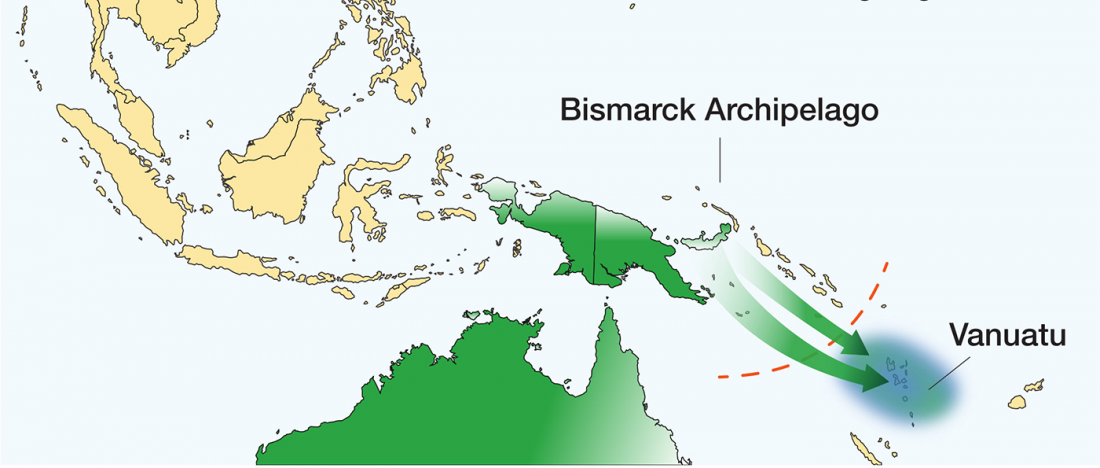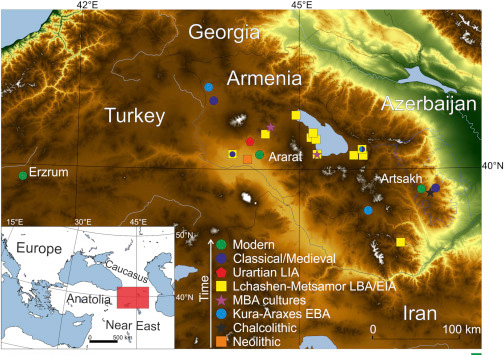Recent open access Symbols in motion: Flexible cultural boundaries and the fast spread of the Neolithic in the western Mediterranean, by Rigaud, Manen, García-Martínez de Lagrán, PLOS One (2018).
Abstract (emphasis mine):
… Read the rest “The fast spread of Neolithic farmers in the western Mediterranean”The rapid diffusion of farming technologies in the western Mediterranean raises questions about the mechanisms that drove the development of intensive contact networks and circulation routes between incoming Neolithic communities. Using a statistical method to analyze a brand-new set of cultural and chronological data, we document the large-scale processes that led to variations between Mediterranean archaeological cultures, and micro-scale processes responsible for the transmission of cultural practices


